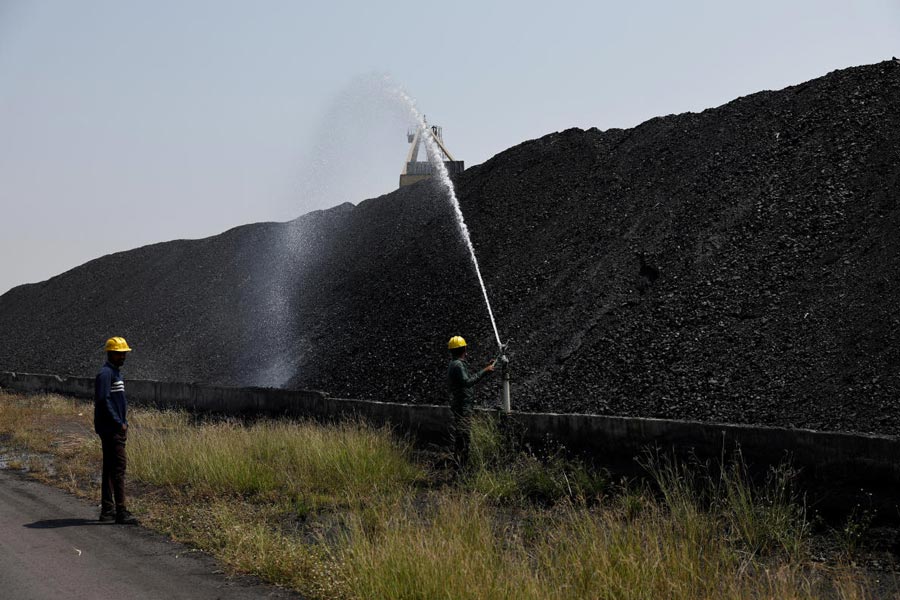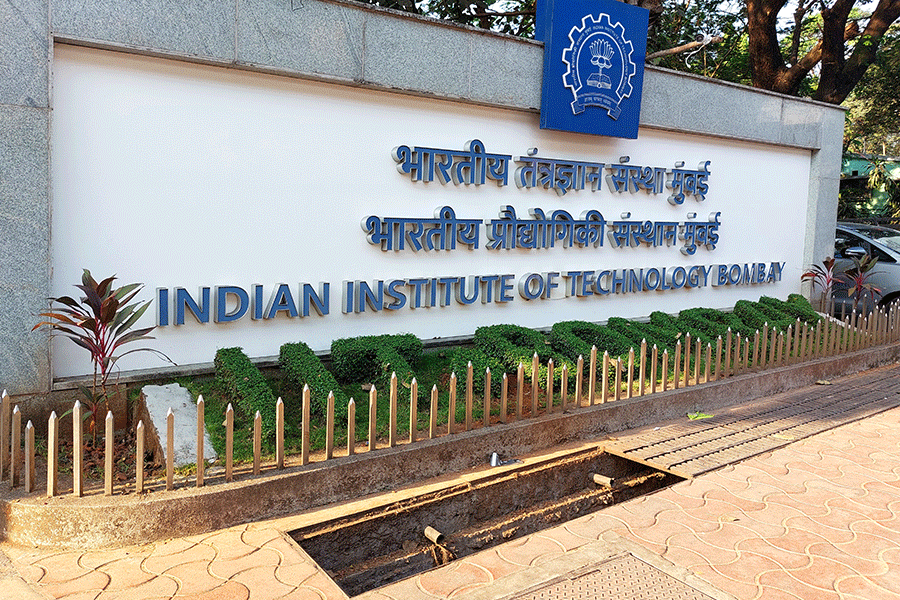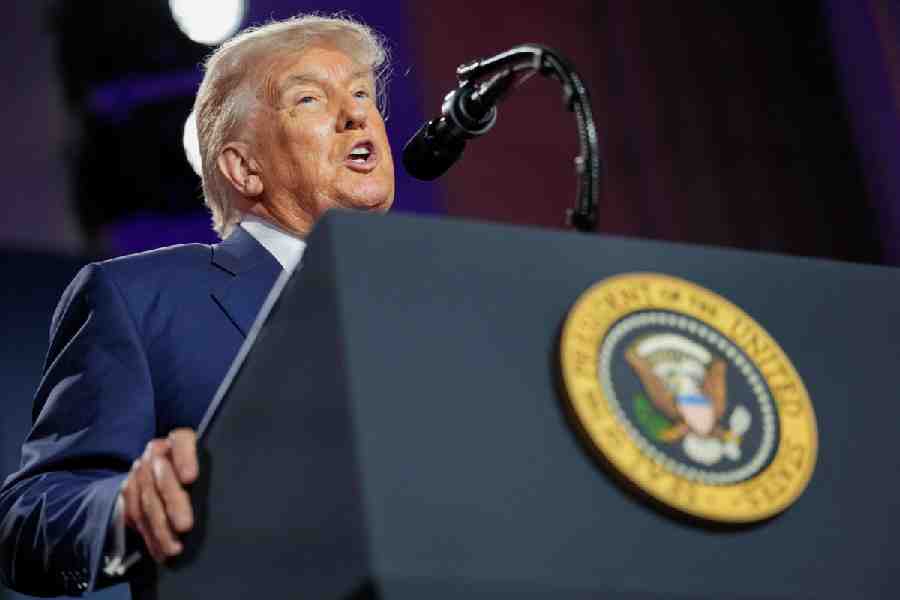Calcutta, April 12: China, a traditional green tea-consuming country, has evinced interest in Indian black tea.
“We organised a promotional campaign for Indian tea in Shanghai, where we received specific queries from the industry there. Based on these, we have decided to send a delegation to China so that Indian producers can access the second-largest tea producing country in the world,” Tea Board deputy-chairman R. S. Shukla said.
The Chinese are acquainted with the black tea varieties produced at the Makaibari and Castleton estates. Traditionally however, they are green tea drinkers. There are many types of Chinese green tea, the most popular being gunpowder tea. In this variety, the leaves are rolled into pellets resembling gunpowder pellets.
China, Shukla said, is one of the many new markets the Indian tea industry is exploring. “This financial year, we hope to make inroads into the traditional as well as the new markets to increase our exports,” he added.
The Indian tea industry feels this is the right time to enter China, which is emerging as a major competitor with a production of 695 million kgs compared with India’s 854 million kgs. While India accounts for around 28 per cent of the global tea production, China’s share has increased to around 23 per cent.
Chinese tea production has been growing every year at a rate twice that of India’s, raising anticipation that it could forge ahead in not too distant a future. However, it is not in production that there is a race between the two countries; it is in global trade. India is finding it difficult to sell — whether at home or abroad — all it produces. Further output increases would mean a glut. China is the world’s third-largest exporter of tea, next to Sri Lanka and Kenya. India is the fourth on the list.
Last year, even as India’s exports dropped 27 million kgs to 180 million kgs, China could increase its exports by 22 million kgs (second to Kenya, whose exports rose by 41 million kgs) to touch 250 million kgs — barely 8 million kgs lower than Kenya.










